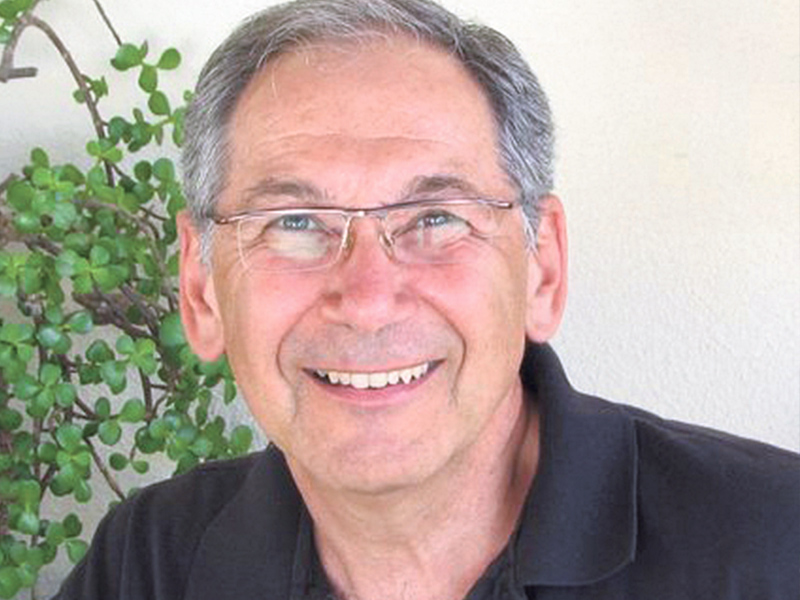Growing up, I went to Montreal’s wonderful Reconstructionist congregation, Dorshei Emet, which was led by the late Rabbi Ron Aigen. I had no idea what Reconstructionism was, but Rabbi Ron, as we called him, gave me a lesson in its inclusiveness at a young age. One day, I called another member of my bar mitzvah class “gay,” using the term as an insult. Rabbi Ron overheard and reprimanded me. “We have gay and lesbian people in our congregation,” he said.
That didn’t teach me what Reconstructionism was, but it exemplified one of the two defining features of our shul: full egalitarianism, along with a traditional service. The latter is aesthetic and reflects a preference for Hebrew prayer rooted in Jewish history. But the former is political and offers greater potential for unity among non-Orthodox Jews. I’m talking radical reconstruction, not rebranding.
I bring this up because Reconstructionist Judaism, the central organization of the Reconstructionist movement, recently rebranded itself as “Reconstructing Judaism.” Rabbi Deborah Waxman, the president of Reconstructing Judaism, downplays “being Jewish,” preferring to use the term “doing Jewish.”
This sounds interesting, but I’m not sure rebranding will work. Reconstructionism offers a guide to moving Judaism forward, not through rebranding, but by reimagining the synagogue service for all egalitarian congregations.
READ: RECONSTRUCTIONIST LEADER RABBI RON AIGEN DIES SUDDENLY
In 1934, Rabbi Mordecai Kaplan, the founder of the movement, published his book Judaism as Civilization, which is the blueprint for Reconstructionist Judaism. In it, he argued that Jews should maintain their traditions, but evolve with the times.
It’s a brilliant philosophy, but most Jews don’t go to synagogue for philosophy, they go for community, tradition and spirituality. Kaplan understood this. He popularized the idea of the “synagogue centre,” which combines religious worship with communal activities, such as social events and dining, often in a single building.
The synagogue centre could become the future of Diaspora Judaism, but not exactly in the way Kaplan envisioned it. A better model might be the campus Hillel house.
At larger universities with robust Jewish communities, Hillel houses often offer three services on Shabbat and other holidays: Orthodox, Conservative and Reform. After the services, everyone convenes in the same dining hall to eat a kosher meal together. Denominational differences matter for praying, but not for eating. (Food is the great uniter.)

This could be the model for synagogues everywhere. It already exists in Australia and some other places, where people worship in the style with which they are most comfortable and then reunite to eat as a larger community. In such cases, the multi-service synagogue becomes a centre for all non-Orthodox Jews.
Including the Orthodox would be difficult. While the Conservative, Reconstructionist and Reform movements have differences over the style of worship, such as the amount of Hebrew prayer, they are united in a more flexible approach to halakhah (driving to shul, using microphones during worship) and, more importantly, on egalitarianism. On that issue, there can be no compromise, for that point of agreement is non-Orthodox Judaism’s greatest strength.
As Orthodoxy grows and other denominations flounder, now is not the time for creating more distinctions between the movements. Now is the time for unity among all egalitarian Jews. Synagogues that offer egalitarian services need to join forces, not fight over congregants.
Denominations are only relevant when discussing synagogue activity. Nobody can know what Jews do in their own homes, or believe in their hearts, but we can know how they pray in synagogue. Kaplan believed in empowering Jews to make their own religious choices. Non-Orthodox, multi-service congregations should offer their members options for prayer.
This would honour the spirit of Kaplan, who always saw Reconstructionism as a movement within Conservative Judaism, not a separate denomination. Kaplan knew that we may pray differently, but we are one people. The multi-service synagogue centre would be an exemplary demonstration of Judaism as an evolving religious civilization.
